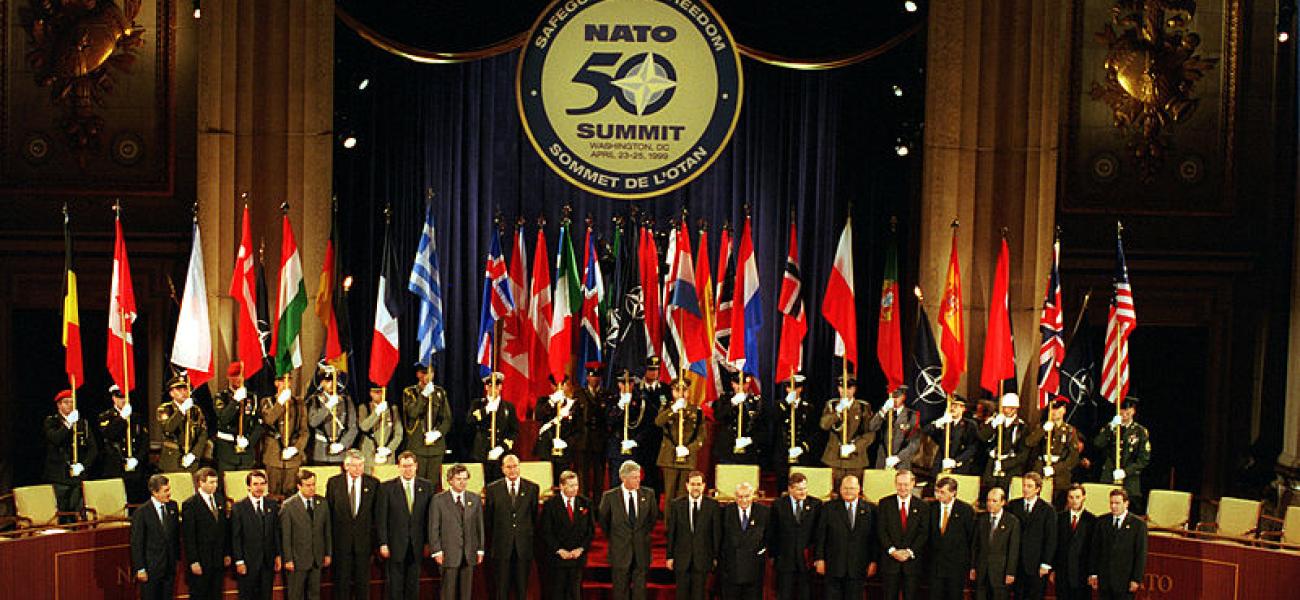
How to Enlarge NATO: The Debate Inside the Clinton Administration, 1993–95
This is a summary of an article appearing in the Summer 2019 edition of International Security, edited at the Belfer Center.
The author, a professor of historical studies, writes that “during a critical decision-making period twenty-five years ago, supporters of a relatively swift conferral of full [NATO] membership to a narrow range of countries outmaneuvered proponents of a slower, phased conferral of limited membership to a wide range of states.” Opponents to this slower, stage by stage, approach to NATO membership “triumphed thanks [to] … above all success by the Republicans in the 1994 midterm elections on the basis of a platform that endorsed swifter expansion.” The withdrawal of the last Soviet troops from Germany and the transfer of nuclear weapons from Ukraine to Russia further aided opponents of a phased approach to NATO expansion. Central and Eastern European states were quickly set on a path to Article 5 guarantees and in the process “became the new front line in Europe.” The author does not seek to “[ask] yet again whether enlargement was right or wrong,” but rather to “[illuminate] whether the chosen strategy of enlargement … suited the goal of maximizing long-term security gains for the United States and its allies.” She concludes that, with hindsight, “there is room for doubt” as a “ confrontation with Russia is once again the order of the day.”
Read the full article in International Security.
Mary Elise Sarotte
Mary Elise Sarotte is the Marie-Josée and Henry R. Kravis Distinguished Professor of Historical Studies at the School of Advanced International Studies at Johns Hopkins University.
Photo by Helene C. Stikkel shared as a U.S. government work in the public domain.

